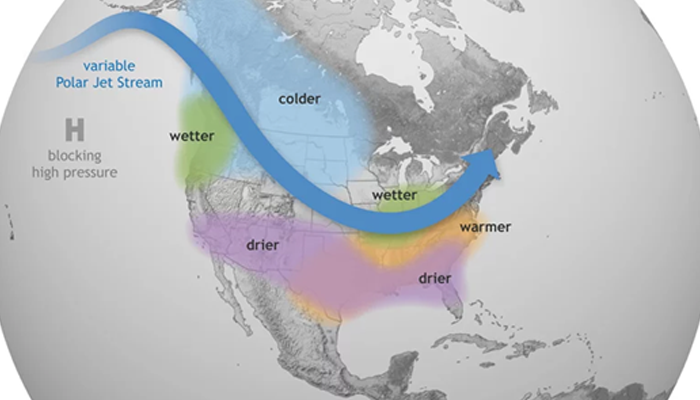Preparing Your Units for Winter
As winter quickly approaches, it is crucial to prepare your 2nd Sight units for the off season. When your harvest is finished, 2nd Sight recommends the following for the FairPick:
• Charge your machines
• Power them off completely
• Leave them unplugged from the charger
• Close and latch the plastic cover over the unit’s display box.
• Do not leave any forms of excessive weight on the scales when they are not in use.
If you do not use FairTrak handhelds for an extended period, please make sure to store them in a controlled atmosphere near room temperature. Leaving handheld devices exposed to wintry weather, cold temperatures and moisture will decrease the device’s lifespan.
Will Broadband Internet Services Reach the Farm?
Internet access is key to business these days, and we all know the frustrations of not having good connectivity. Farm access to internet is currently abysmal, but will that change?
As a result of the recent Infrastructure Act, the federal government is taking steps to close the urban-rural “digital divide.” This divide arose because internet infrastructure and resources have focused on urban centers, leaving rural areas and farms with spotty internet service at best.
The Federal Communication Commission (FCC) has been mapping rural areas with the goal of providing better access to the worldwide web for agriculture. But a recent Capital Press article questioned whether agricultural areas would get the infrastructure they need. Experts believe the FCC’s map does not truly include agricultural areas.
There is no telling what better internet service would do to help farms and farmers, but a 2019 USDA report estimated that better internet infrastructure in rural areas could result in billions of dollars in benefits nationwide and boost farm profitability.
2nd Sight understands that farmers need better internet access. Every sector, including agriculture, has become increasingly data driven. Better internet access in agricultural areas would improve farmers’ abilities to gather and share field data, improving labor tracking, data collection, and farm communication. Increased internet connectivity in rural areas is needed. Let us hope that the FCC gets this right and that more farms get the internet connectivity they require to do business in the digital world.
Trade Show Season
As harvest has finished, the 2nd Sight staff is preparing for this year’s run of trade shows. We recently made an appearance at the Canadian Greenhouse Conference in Niagara Falls, Ontario. There, we met with greenhouse growers and exhibited our FairTrak system and our biodegradable twine.
Next on our agenda are the Grape, Nut, and Tree Fruit Expo and the Tree and Vine Expo in Stanislaus, and Fresno, California, respectively. Here, when you visit, you can see our FairPick Lite system on full display where it demonstrates its barcode and weight tracking capabilities.
After our appearance at these California trade shows, the 2nd Sight crew will be heading out to bring product information to the ag community. Come see us at the NW Hort Expo in Wenatchee, WA (December 2022), the SE Regional Fruit & Vegetable Conference in Savannah, GA (January 2023), and the Pacific Ag Show in Abbottsford, BC, Canada (January 2023).
Feel free to reach out to a 2nd Sight representative for more information regarding trade shows we are attending, potential in person demonstrations, and complimentary trade show tickets!



